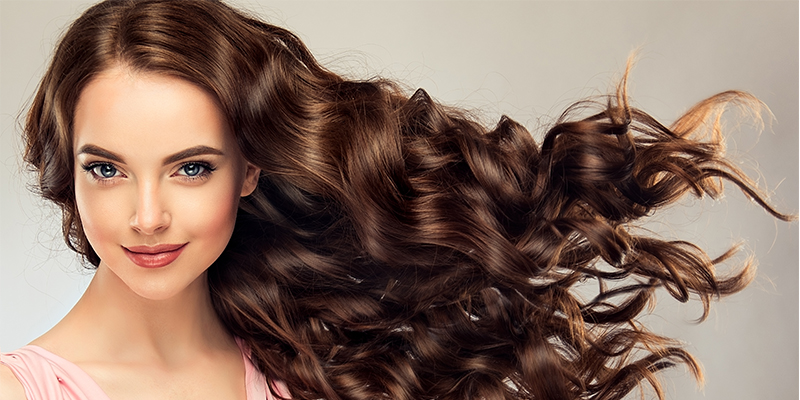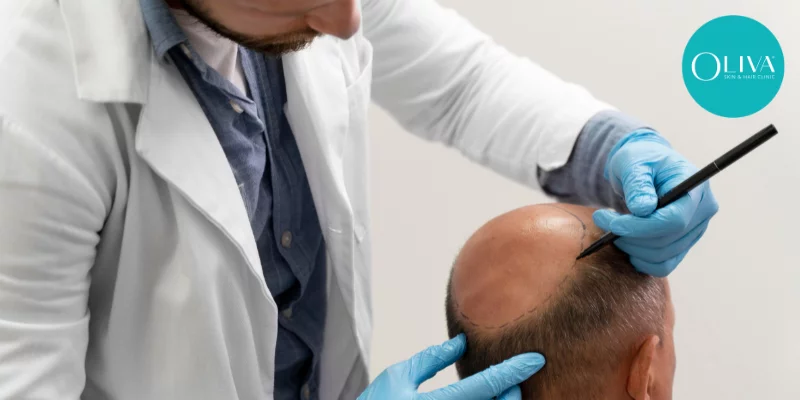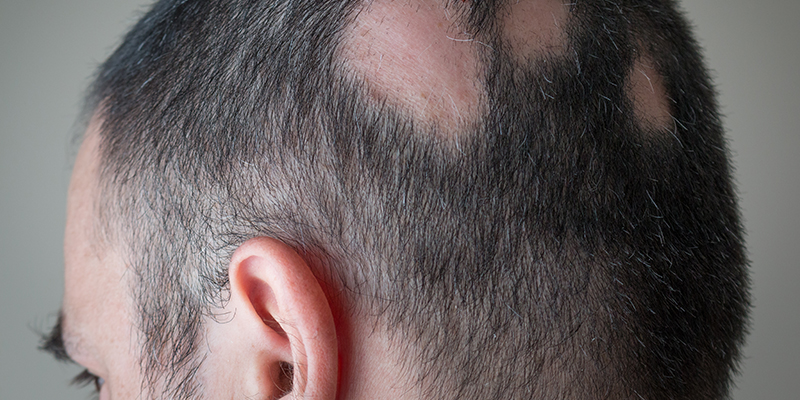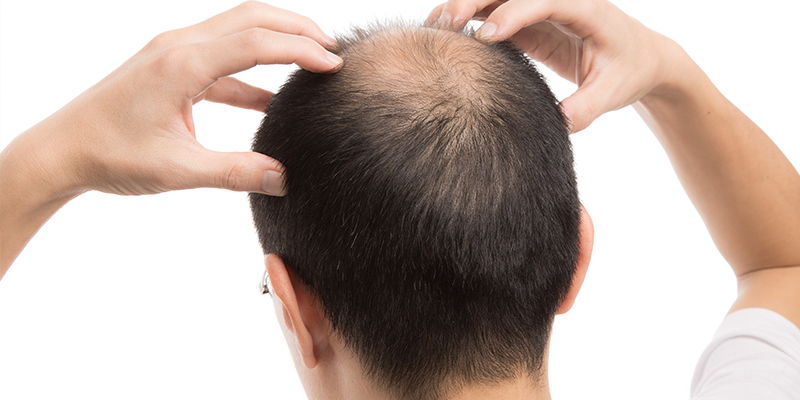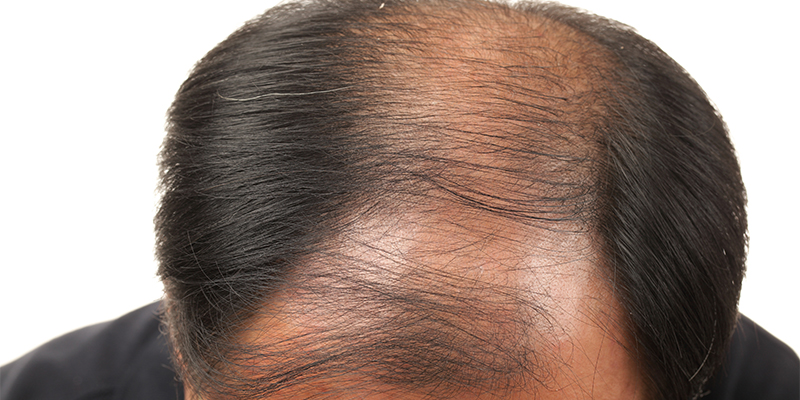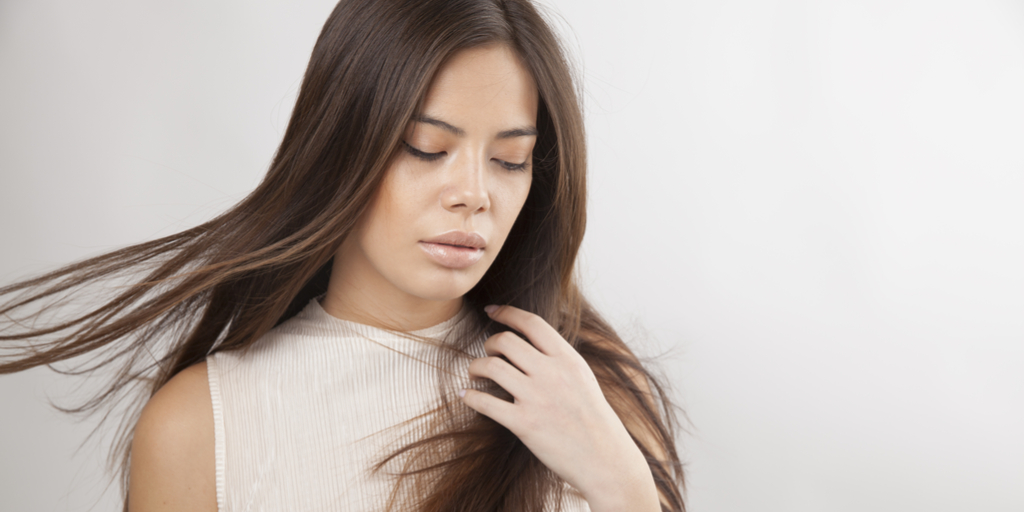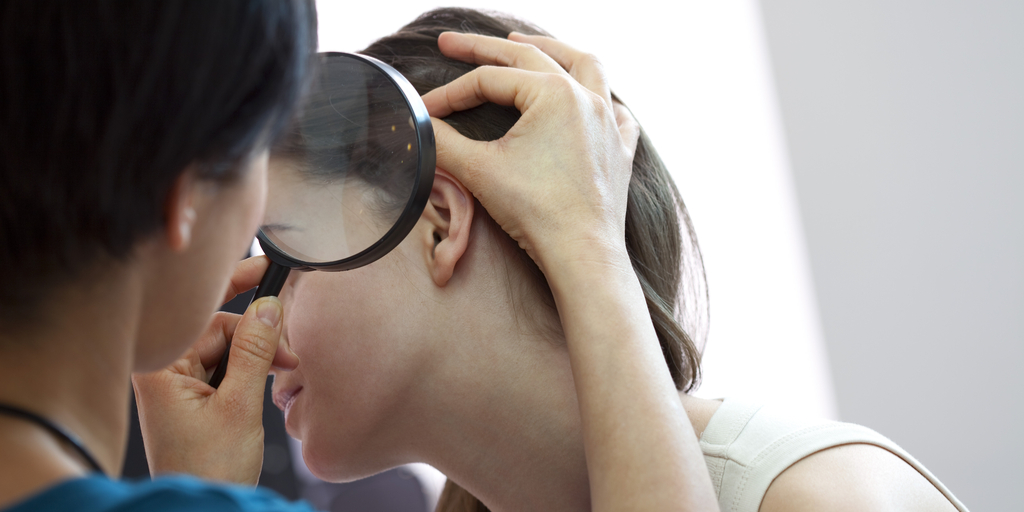How To Reduce Hair Loss?
Hair loss is a common problem that both men and women experience at some point in their lives, albeit differently. Hair loss has become common in both men and women of all ages nowadays. Before exploring hair loss solutions and treatment options, you should learn about the causes of varying patterns of hair loss in men and women.
Is Hair Fall A Common Problem?
Yes. Hair loss can be temporary or permanent, depending on the factors causing it. Most men usually start to experience hair thinning in their 30s and 40s, while women experience it mostly after menopause. Pattern hair loss affects 50% of all men as compared to 25% of women.
Is There Any Solution For Hair Fall?
Yes, there are solutions for almost every stage of hair loss. These can help restore hair growth and prevent further hair fall.
How To Reduce Hair Loss?
There are plenty of hair loss solutions available in the market. Clinical, oral and topical solutions successfully curb and reverse hair fall to some extent in both men and women. They show positive and visible results that last for years in many cases.
Only a certified dermatologist can help determine the best solution for hair fall. He or she will assess your medical history, the cause of hair fall, its type, severity and extent before recommending a course of treatment.
Must Read: What Is The Best Treatment For Hair Loss?
Advanced Hair Fall Solutions For Men And Women
Hair fall solutions for different types of hair loss problems include medications as well as advanced dermatological treatments. These prevent future hair loss and regrow lost hair –
- Oral Medication – Finasteride is a popular drug known to be the most effective treatment for pattern hair loss in men—when taken orally at the recommended dosage of 1 mg per day. The treatment starts showing positive results within six weeks. However, it is not safe for use by women in the reproductive age group, especially those who are pregnant. Dermatologists recommend a dosage of 5mg per day for postmenopausal women with pattern hair loss.
- Topical Medication – Minoxidil is one of the most popular topical solutions for hair loss, used to treat both male and female pattern hair loss. It is available in liquid or foam form, and you can apply it directly to the scalp twice a day. Dermatologists also use minoxidil for treating hormonal hair loss in women.
- PRP Treatment – PRP stands for Platelet Rich Plasma. It is an advanced dermatological procedure suitable for treating specific types of hair loss. Around 20ml of the patient’s blood sample goes through a centrifugation process to extract plasma rich in platelets and growth factors. This extraction, when injected into the affected areas of the scalp, releases growth factors that act in many different ways to help promote hair growth. The treatment shows dramatic results in just 4-6 sessions.
- Laser Treatment – Laser treatment is an alternative solution for thinning hair in men and women, that is relatively new. The low-level laser stimulates the hair follicle stem cells to regain hair growth. This treatment may take about 24-26 weeks to show visible results.
- Hair Transplantation – Hair transplantation is an invasive procedure that involves the grafting of hair follicles from the back part of the scalp to the bald areas of the scalp. It is a safe method of surgical restoration and works even for those who suffer from permanent hair loss. The complete procedure generally takes one session. However, your trichologist may recommend one to two repeat sessions if the target area is big, provided there is adequate donor area available.
Must Read: What Is PRP Hair Treatment?
Tips To Reduce Hair Loss
Here are eight best tips for prevention, reduction, and management of hair fall –
- Follow a healthy diet rich in proteins to reduce unwanted hair fall.
- Keep your hair clean with the regular use of a mild shampoo.
- Make sure to air dry your hair after washing. Heating or styling tools may damage the hair follicle. Also, avoid wrapping your hair in a towel after washing it, and do not brush it while it is wet.
- Keep yourself hydrated to maintain healthy hair.
- Handle your hair gently and avoid opting for tight hairstyles that may cause hair fall.
- Avoid using harsh chemical dyes or synthetic colours on your hair, and choose organic products instead.
- Trim your hair regularly to get rid of split ends and encourage healthy hair growth.
- De-stress by doing yoga, meditation, a mild workout, or indulging in a hobby daily.
Hair loss is a reversible condition in both men and women provided there is an early diagnosis. Consult your dermatologist as soon as you start to notice excessive hair fall and seek an effective treatment plan that works best for you. Following the right treatment plan and preventive tips help prevent hair loss woes in the long term.
Our certified subject matter experts do extensive research and collate facts from reputed scientific journals and international studies to create informative and engaging articles related to all your dermatology concerns. They strive to help you decipher medical jargon, distinguish fact from fiction and overcome paranoia. Our qualified medical board or expert panel goes a step further to verify these facts based on their rich academic knowledge, vast clinical experience and critical industry insights to ensure you consume only medically accurate content that empowers you to make informed decisions about your hair and skin-care treatments and weight management. Check out our Editorial policy for further details
https://www.ncbi.nlm.nih.gov/books/NBK278957/https://www.aad.org/public/diseases/hair-and-scalp-problems/hair-loss#treatment
https://www.ncbi.nlm.nih.gov/pmc/articles/PMC4622412/
https://www.ncbi.nlm.nih.gov/pubmed/18498491
https://clinicaltrials.gov/ct2/show/NCT01145625
https://clinicaltrials.gov/ct2/show/NCT01292746




